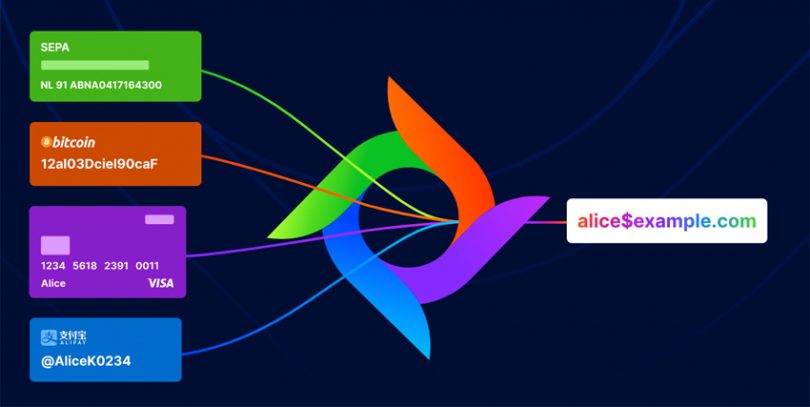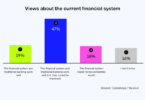Yesterday saw the launch of PayID, a new human readable way to send all kinds of payments. The ID looks like an email address with a dollar symbol instead of the “at” symbol. The solution was launched by the Open Payments Coalition of more than forty organizations, mainly from the cryptocurrency world. The ringleader and developer is Ripple.
It seems like an elegant solution to replace a complicated bank account or cryptocurrency wallet addresses. The aim is to break down all the different payment silos so that you have one common address that can be used to receive payments, whether its for recurring subscriptions or invoice payments. In theory, the money could come from a bank account, Paypal or cryptocurrencies.
The coalition boasts some high profile players in the cryptocurrency world, including Blockchain.com, BitPay, Brave and Mercy Corps. No other major cryptocurrency foundation is a member, but with the wallets on board, does it need them?
But so far, it’s missing banks or mainstream players such as Paypal. That said, it has crypto bank Sygnum and one of the members is Standard Chartered Ventures, but the firm is also a Ripple investor from the very early days.
So while the idea is elegant, it remains to be seen whether it can get a foothold in any sector, although it’s made a promising start in cryptocurrencies.
An extension of Ripple’s strategy?
Another question is whether it can succeed with such a close association with Ripple? Or whether that could be its strength. The solution is inspired by Ripple’s interledger protocol, and encourages the use of Ripple’s Xpring SDK for developers.
It’s interesting to look at where this sits within Ripple’s strategy. The question is whether this is just a very slick extension of Xpring for Developers?
In the early days, Ripple had a dual strategy. It offered what is today RippleNet to banks as an alternative to SWIFT messaging, with better feedback if something goes wrong with a bank transfer. The other prong was the XRP cryptocurrency. And it has tried to mix the two with Ripple On Demand Liquidity (ODL). Banks are attracted to RippleNet for its messaging but not XRP. Remittance companies are quite keen on the combination.
Then Ripple added the third prong by launching Xpring to invest and expand the applications of its technology and encourage XRP adoption. Xpring has invested north of $750 million, and in December launched Xpring for Developers. If you visit the Xpring website, the terminology is somewhat similar to PayID. Xpring describes itself as the “open platform for money”.
Perhaps PayID is the usability aspect of Xpring. That doesn’t distract from its utility.
But potentially the strategy could increase the value of Ripple’s stash of XRP.
“An open stack for payments will ultimately favor open settlement networks like crypto,” said Ripple’s Danny Aranda on Twitter. “If PayID is successful, we believe it will set the stage for broader mainstream adoption and usage of cryptocurrencies.”
Risks of hosting a PayID server
We need to spend more time digging into how it works, but we had one technical observation about hosting your own PayID. If your name is joeblogs, and you own the domain name joeblogs.com, you might make your incoming wallet payme@joeblogs.com. In the documentation, it suggests if you self-custody your cryptocurrency, you can deploy a personal PayID server. payme@joeblogs.com maps to joeblogs.com/payme.
But the key point is this not just a wordpress server with no monetary value. This is potentially a hacker magnet. We’re guessing a hacker would be quite keen to switch the mapping of that web address to their own wallet.
One final note. There is another PayID in Australia which is not connected, but it could cause some confusion (and already has).






